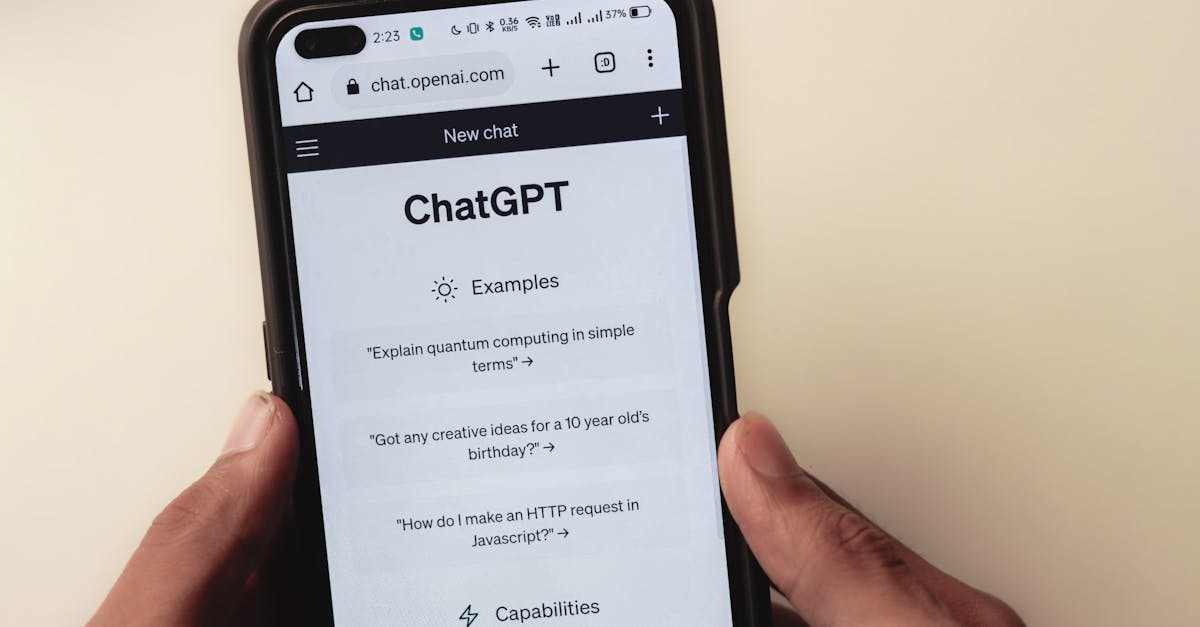
The world of digital content is rapidly evolving, and artificial intelligence (AI) is playing a significant role in its development. One area where this technology has been making waves is in enhancing accessibility for all users. This comprehensive guide will explore how AI can help transform the digital landscape into one that’s more inclusive and user-friendly.
The Role of AI in Improving Accessibility
Accessibility has become an essential consideration when designing websites, applications, and other forms of digital content. With over 1 billion people worldwide living with some form of disability, it’s crucial that these platforms cater to diverse needs. This is where AI comes into play:
- Assistive Technology: By incorporating machine learning algorithms and natural language processing techniques, AI-powered assistive technologies can enhance user experience by providing tailored assistance based on individual preferences and requirements.
- Automated Testing: AI tools can automate testing processes to identify potential accessibility issues before they reach end-users. This ensures that digital content meets industry standards for accessibility.
- Data Analysis: Analyzing user data can provide valuable insights into how people interact with websites and applications, helping designers create more accessible interfaces.
How AI Can Enhance Web Design
Web design plays a critical role in determining the accessibility of digital content. AI-driven solutions can help improve this aspect by:
- Personalization: Machine learning algorithms can analyze user behavior to personalize website layouts and features, making them easier to navigate for people with disabilities.
- Automated Creation: AI-powered tools can generate accessible designs automatically, reducing the need for manual intervention from designers.
Improving User Experience with AI
AI has the potential to revolutionize user experience by creating more intuitive and responsive interfaces. Some key benefits include:
- Voice Recognition: Speech-to-text technology enables people with visual impairments or motor disabilities to interact with digital content using their voices.
- Predictive Typing: AI can predict what users are trying to type, making it easier for those with physical limitations to input text.
The Future of Accessible Digital Content
As AI continues to evolve and mature, its potential to transform the digital landscape into a more inclusive space is immense. By leveraging these technologies, we can create accessible content that caters to the diverse needs of all users.
Key Takeaways:
- AI plays a vital role in enhancing accessibility across various aspects of digital content.
- Machine learning algorithms, natural language processing techniques, and data analysis can improve user experience for people with disabilities.
- Web design, assistive technology, and personalization are key areas where AI can make a significant impact on accessibility.